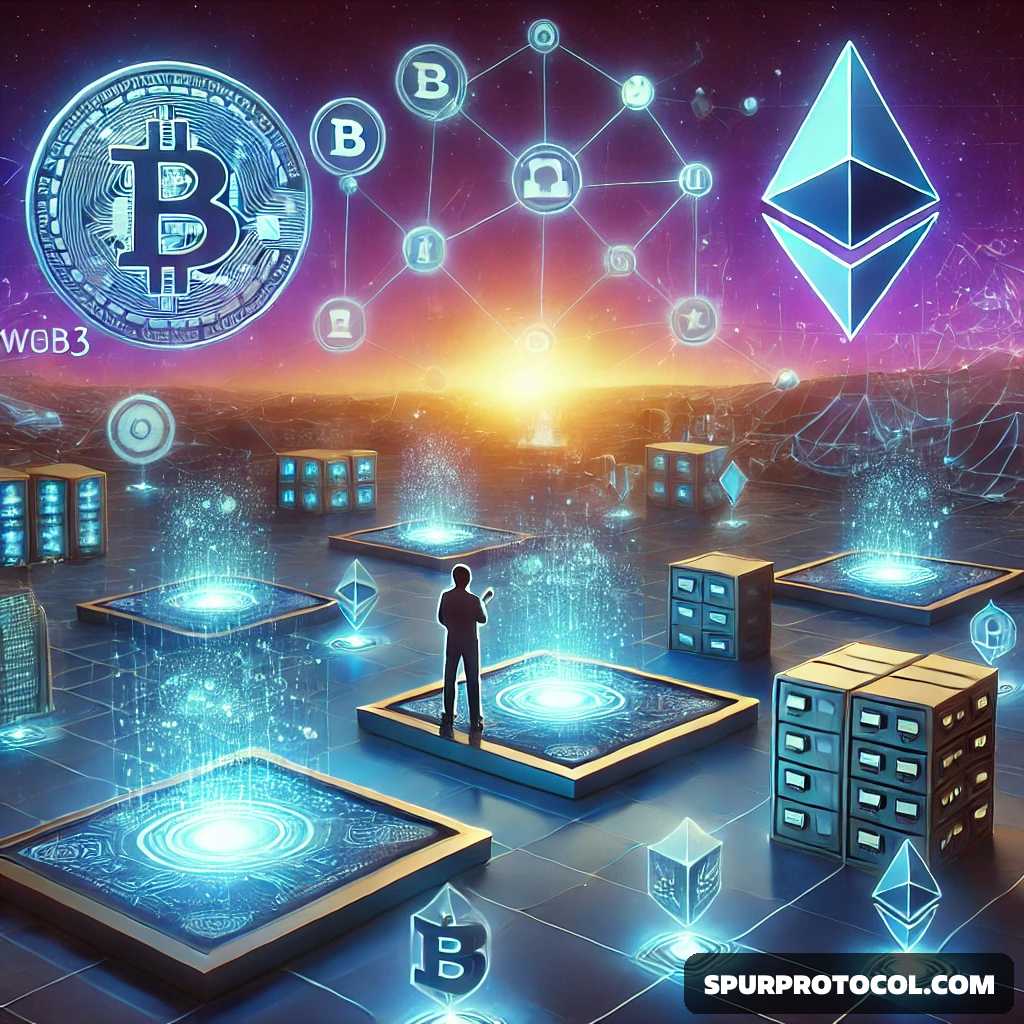Key Technologies Behind Web3: The Future Of The Internet
Key technologies that make Web3 possible.
Go Back
🕒 3:44 PM
📅 Mar 19, 2025
✍️ By itsspossible
Key technologies that make Web3 possible.
Go Back
🕒 3:44 PM
📅 Mar 19, 2025
✍️ By itsspossible
Imagine an internet where you own your data, control your identity, and even earn money for the content you create. That’s Web3—a decentralized, user-powered version of the internet. But how does it work? Here are the key technologies that make Web3 possible.
1. Blockchain
Blockchain is like a digital notebook shared across millions of computers. Once something is written, it can’t be erased or changed. This technology powers cryptocurrencies like Bitcoin and Ethereum, ensuring security, transparency, and trust in Web3.
2. Smart Contracts
These are self-executing programs that run on blockchain. They remove the need for middlemen. For example, in Web3 games, smart contracts ensure that players truly own their digital assets like skins or weapons.
3. Cryptocurrencies and Tokens
Web3 runs on crypto! Coins like Ethereum (ETH) and tokens like NFTs (Non-Fungible Tokens) allow people to trade, invest, and own digital assets without banks or corporations controlling them.
4. Decentralized Applications (DApps)
These are apps that run on blockchain instead of traditional servers. Think of social media, but no company controls your data. Instead, you own it! Examples include Uniswap (for trading crypto) and Lens Protocol (a decentralized social network).
5. Decentralized Storage
Instead of storing files on Google Drive or Dropbox, Web3 uses decentralized storage systems like IPFS (InterPlanetary File System) and Arweave. This makes data harder to hack or delete.
6. The Metaverse
Imagine an internet where you can walk, talk, and interact as an avatar. Web3 brings virtual worlds powered by blockchain, allowing users to create and own digital experiences.